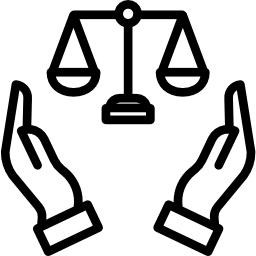Reasons for writing an HOA violation Letter
The first and foremost reason to send a violation letter to a person is to inform them of the rule or code of conduct they have violated, which the board takes into account during CC&Rs Inspection.
The notice you send ensures that both parties have been informed as far as the violation is concerned. But the truth is that every violation is not as easy to resolve as it sounds and might not be solved on a good note.Common reasons are –

Key Elements to Include in a Violation Notice

Maintain a Firm Yet Professional Tone
Ensure your message is assertive but respectful. Avoid language that may come across as aggressive or confrontational.

Provide Clear Evidence of the Violation
Attach or reference supporting documentation—such as photos, dates, or reports—to validate the issue and avoid misunderstandings.
Explain the Required Corrective Actions
Outline the specific steps the homeowner or resident needs to take to resolve the issue and prevent future occurrences.

State the Consequences of Non-Compliance
Clearly mention the possible penalties or actions that may follow if the violation is not addressed within the given timeframe.

Include Contact Information for Clarification
Provide the name, phone number, and email of the authorized HOA representative to encourage open communication and resolution.



